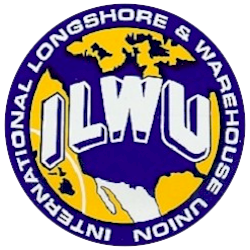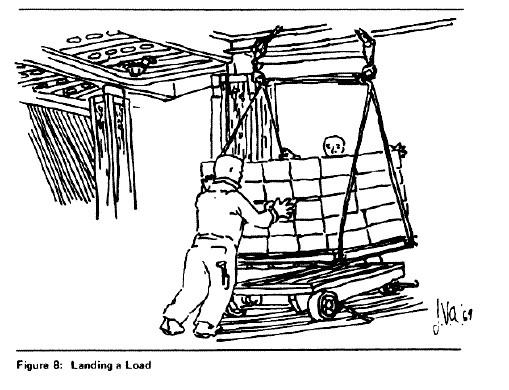
San Francisco Waterfront History

San Francisco Waterfront History
The San Francisco Waterfront
The Social
Consequences of Industrial Modernization
Part One; "The Good Old Days"
By Herb Mills
Page 25
A host of industrial products—from ingots of copper, through sheet and bar steel, pipe and rails, to steel pellets, corrugated metals, and fencing-were standard.
The number of sacked or bagged goods was legend: cement, flour, wheat, barley, coffee, and all sorts of nuts and dried fruit. Then, too, there were the offensive sacked cargoes which were worked at a penalty rate of pay, e.g., animal bones and meat scraps, blood and bone meal, fish meal, coal, lime, phosphates and nitrates, lamp black and soda ash.
Baled goods were also common-cotton, rubber, rags, gunnies, jute, pulp and paper. Deck loads of lumber and/or logs, of creosoted pilings, utility poles, or railway ties, of farm and construction equipment and all sorts of commercial vehicles were almost always worked.
While this listing might be multiplied many times, the task was always the same: To move the cargo to or from the dock and to or from its place of stow. To effect the first of these movements, a wide variety of pallet boards, scows, nets, slings, bridles, and hooks were used.
